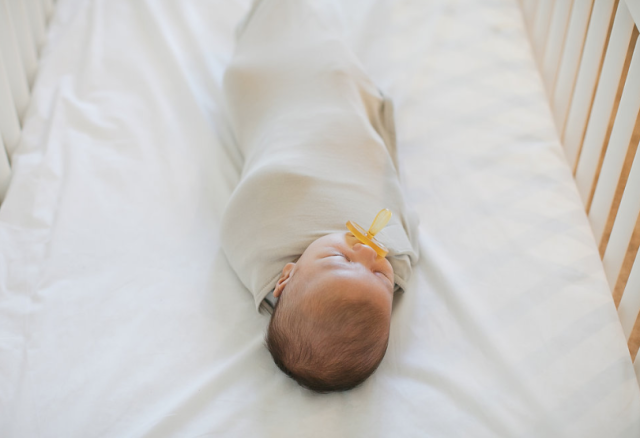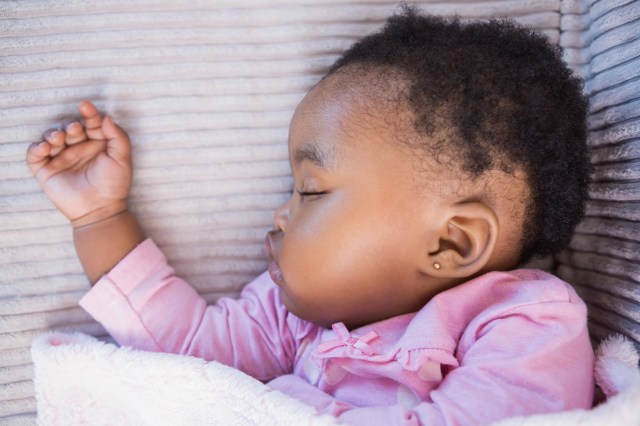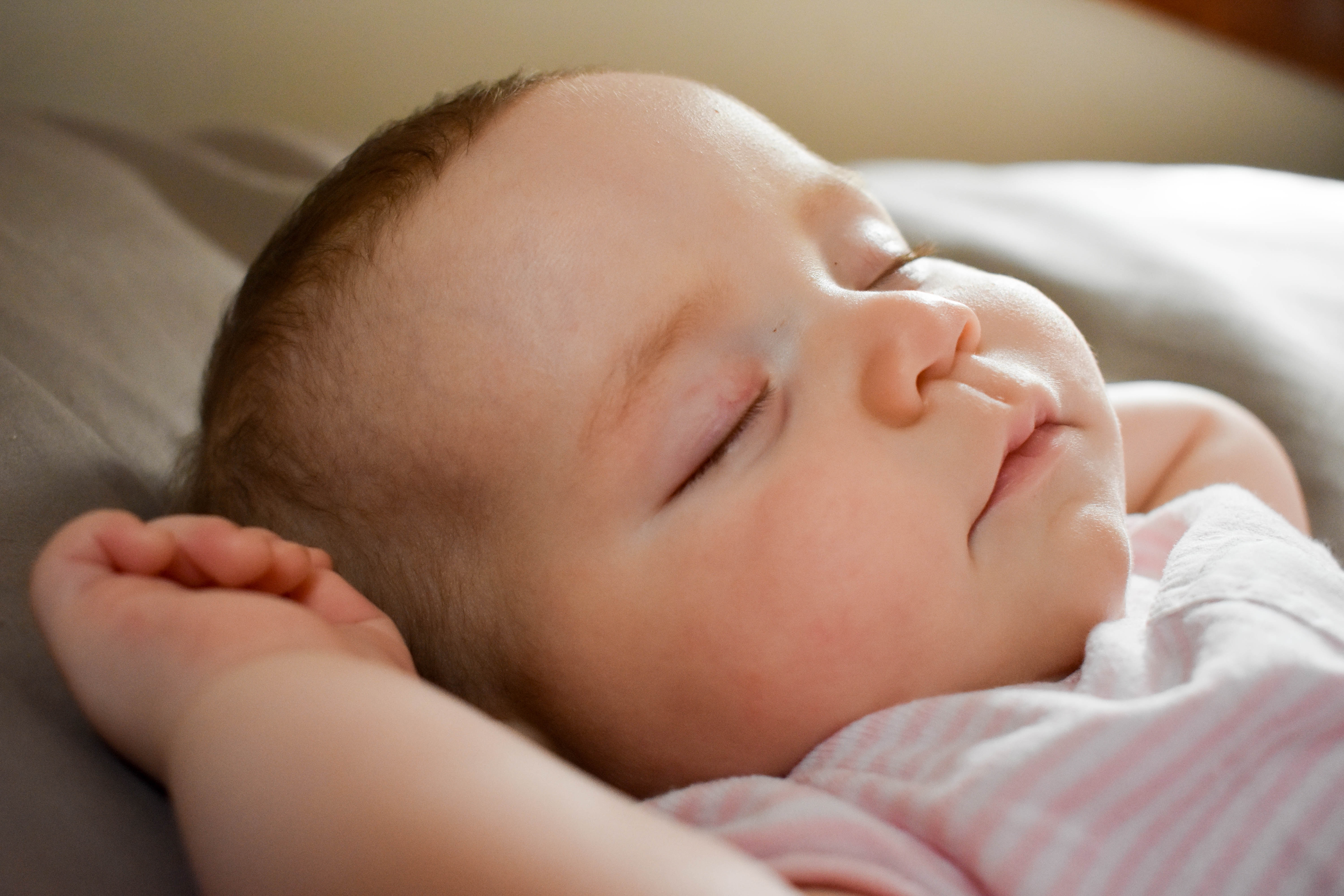
Plenty of evidence shows that swaddling, when used correctly, can be a tremendous way to promote safe sleeping. The Safe Sleep Guidelines from the American Association of Pediatrics are clear: swaddling helps to keep babies on their back, which is the ideal sleep position to assist in preventing SIDS (Sudden Infant Death Syndrome). Since the guidelines also recommend that there be no blankets, pillows or bumper pads in the crib, your baby needs to be swaddled in a correct and optimal manner. Properly done, the swaddle will stay in place, keeping baby safe and comfortable.
Some of the other benefits of swaddling?
Improved sleep for baby and for parents Decreases the Moro startle reflex, in turn increasing REM sleep, which is vital for brain development. Reduces colic and fussiness: a happy baby is a calm baby. Prevents over-stimulation and helps your little one feel comforted by mimicking the comforts of the womb.
With these things in mind, here are some of the specifics on swaddling and what you should look for in an ideal swaddle.
Temperature-regulating fabric
Fabrics that retain too much heat will only be uncomfortable at best and dangerous for baby, at worst. A baby’s body isn’t yet set up to regulate their own temperature perfectly and their small size means that they can quickly become overheated. Look for a moisture wicking fabric—as you would find in some sportswear—that will keep baby warm and dry without overheating.
Moisture wicking fabrics pull perspiration away from the skin and through the fabric so it can evaporate, rather than remaining on the skin. This is important because if not wicked away, during cooler winter nights, sweat that cools on the skin can cause baby’s body temperature to drop. And in the heat of summer, if sweat is simply trapped, baby can quickly overheat. A good fabric will keep baby comfortable all year around. Please remember it is also important to confer with your pediatrician to determine the ideal temperature for the room where your little one will be sleeping.
Flexible fabric
While some people worry that swaddling can interfere with proper hip development, among other joints, what you need to look for is a swaddle with fabric that has enough give to allow the hip joints to move freely without interfering with the comfort and safety benefits of the swaddle.
Avoid swaddles that restrict hip movement, as they can result in your baby developing hip dysplasia. Your baby needs free range of motion in their hips and legs to keep their joint development on track. The swaddle needs to be tight at the torso, but not below. It can still be perfectly safe, if bands are used below baby’s feet.
Don’t forget to band
Banding the swaddle below the feet is absolutely necessary, even as your baby grows, to ensure a snug and secure fit. What you don’t want is the fabric rising during sleep, potentially covering your baby’s face and creating a suffocation risk. Banding the excess fabric below baby’s feet ensures this won’t happen.
BONUS! Banding the bottom of the swaddle makes midnight diaper changes a breeze! No need to unswaddle and disturb baby completely, with hands flailing: just take off the band and do a quick change, ninja style.
Swaddle sizing
A swaddle should fit so that your baby can have their shoulder above the top edge of the fabric when placed on the swaddle. This may seem a little counter-intuitive, as you might think that keeping the shoulder below the fabric line will keep baby more snuggly wrapped but this actually poses the risk of suffocation if the fabric ends up in your baby’s face. Keeping the swaddle below the shoulders also ensures that no constraint is put on the shoulder joints.
Ideally, you’re looking for one with a flexible fit that will grow with your baby, though remember that once your baby is rolling over from back to stomach—typically around four to five months old—it’s time to consider using a transition swaddle (with one or both arms out) or stop swaddling altogether.
Keep it tight
Loose swaddles can actually pose a danger in that it could come undone with baby’s movement, the result being that the child gets tangled up in it. From the point of view of the Safe Sleep Guidelines, a loosened swaddle is basically a blanket and therefore a no-no in the crib.
How tight is tight enough? You should still be able to slide your hand flat between your baby’s chest and the swaddle, but not more than that.
There is no doubt that swaddling is a perfect way to help your baby master sleeping comfortably and safely. Finding a swaddle that works for your baby is the key!














